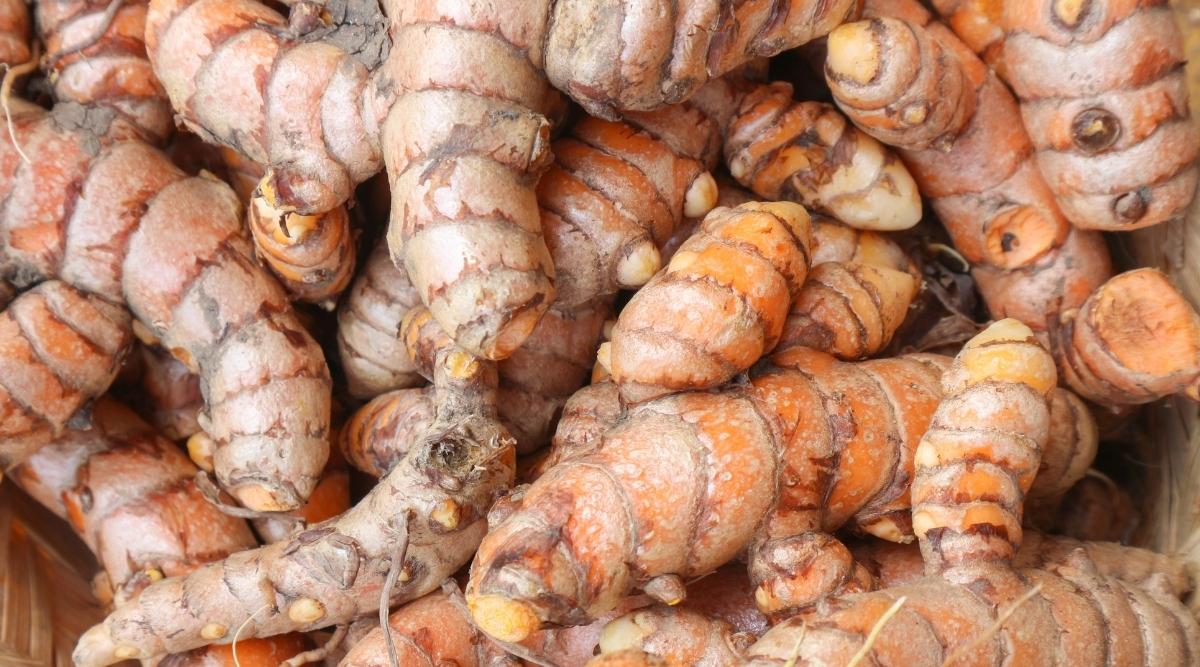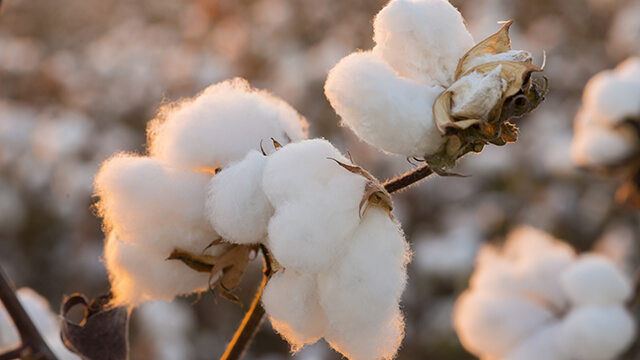The federal government authorized duty-free imports of yellow peas in early December with a target date of March 2024; this was later extended to April and finally June. It was a component of New Delhi’s involvement to lower the pulse basket’s overall pricing. The 50% tariff on yellow peas reportedly went into effect for the first time in November 2017. Red and yellow split peas are primarily imported into India from Canada.
India is a major producer and consumer of pulses, and it imports some of the food it needs to consume. India is a major consumer of tur, chana, Masur, urad, and Kabuli chana. In September, the center revised the stock holding limitations for specific stakeholders and extended the stock limits on tur and urad dal by two months till December 31 as part of its intervention.
The revision of the stock limits and the extension of the period, according to the Ministry of Consumer Affairs, Food, and Public Distribution, were intended to prevent hoarding, encourage the continuous release of tur and urad in sufficient quantities to the market, and lower the price of pulses.
India continues to depend on imports of pulses to meet its local needs, despite several initiatives, including several farmer incentives. To USD 3.74 billion in 2023–24, pulses imports have nearly doubled. The government is negotiating a long-term deal for the import of pulses with new markets like Brazil and Argentina to meet domestic demand and control pricing, according to government sources.

